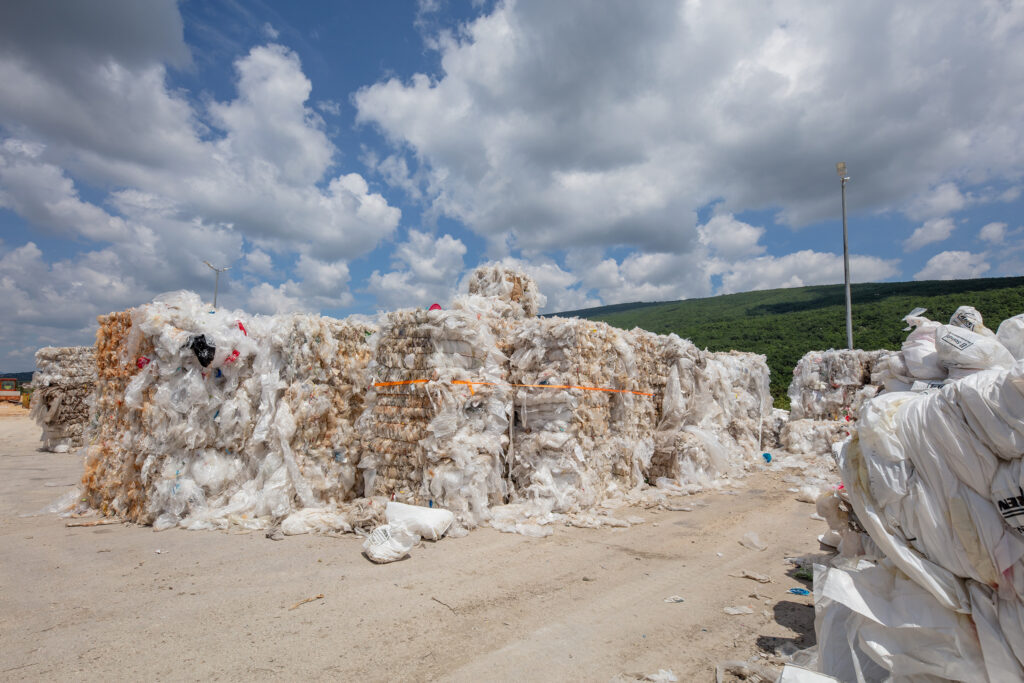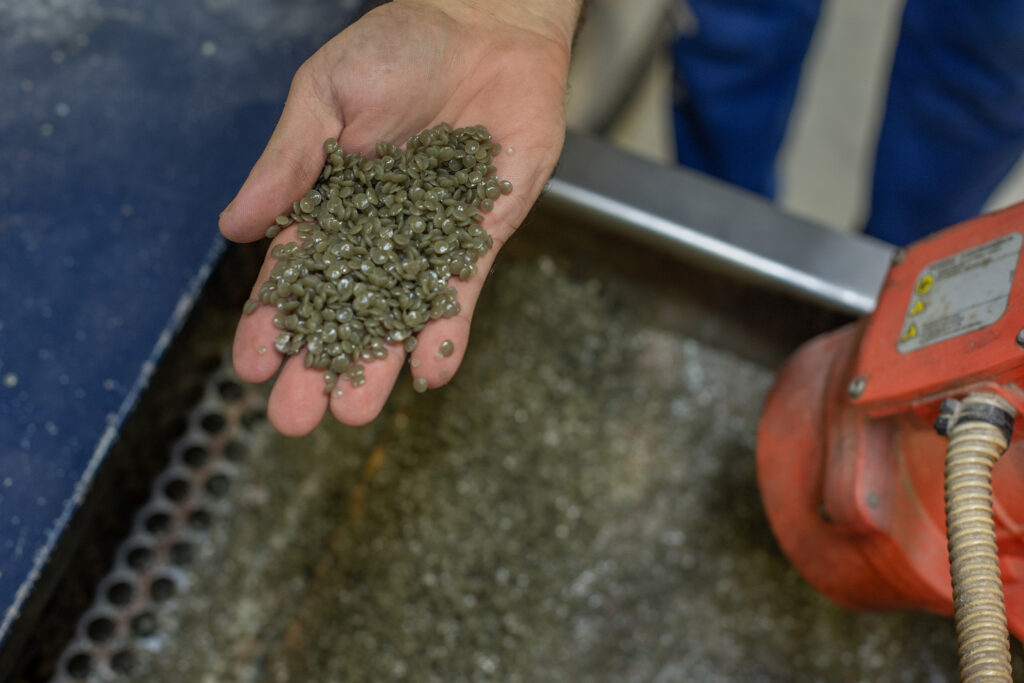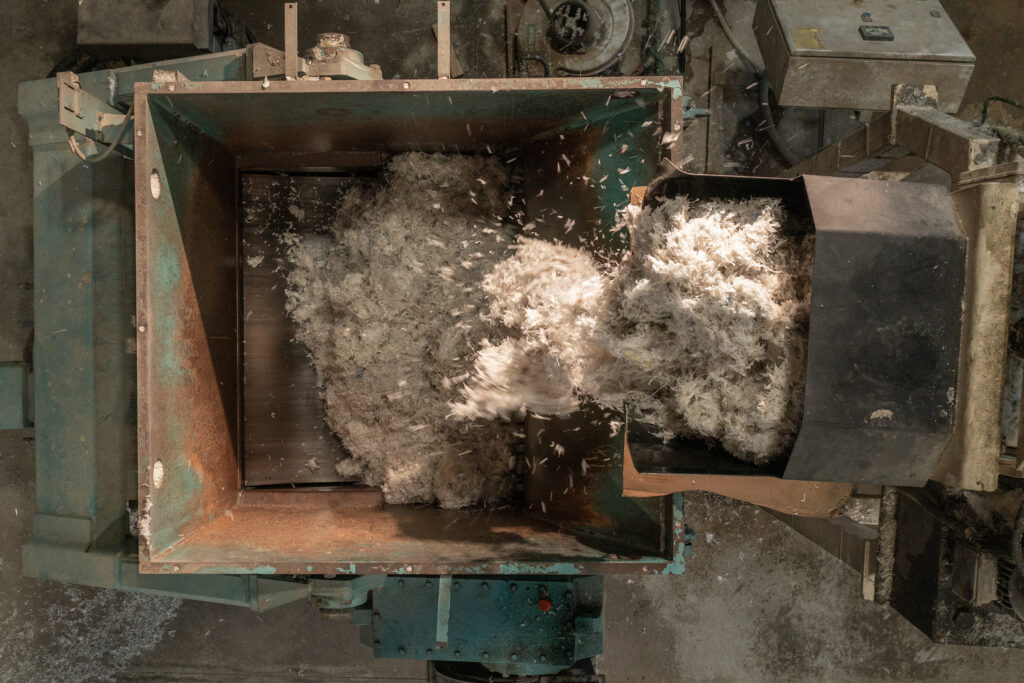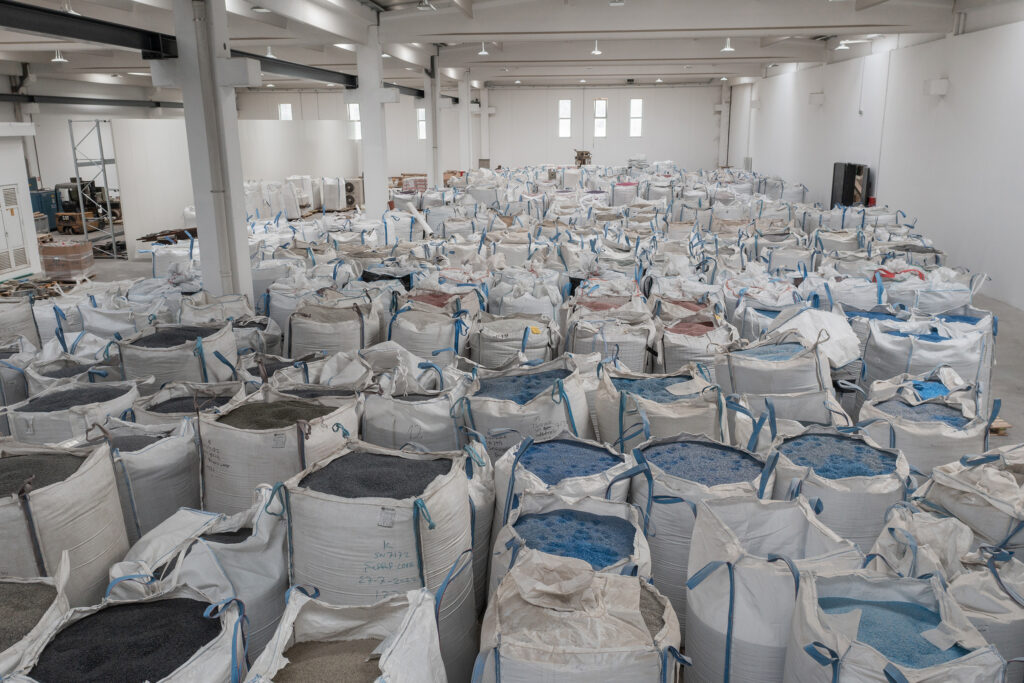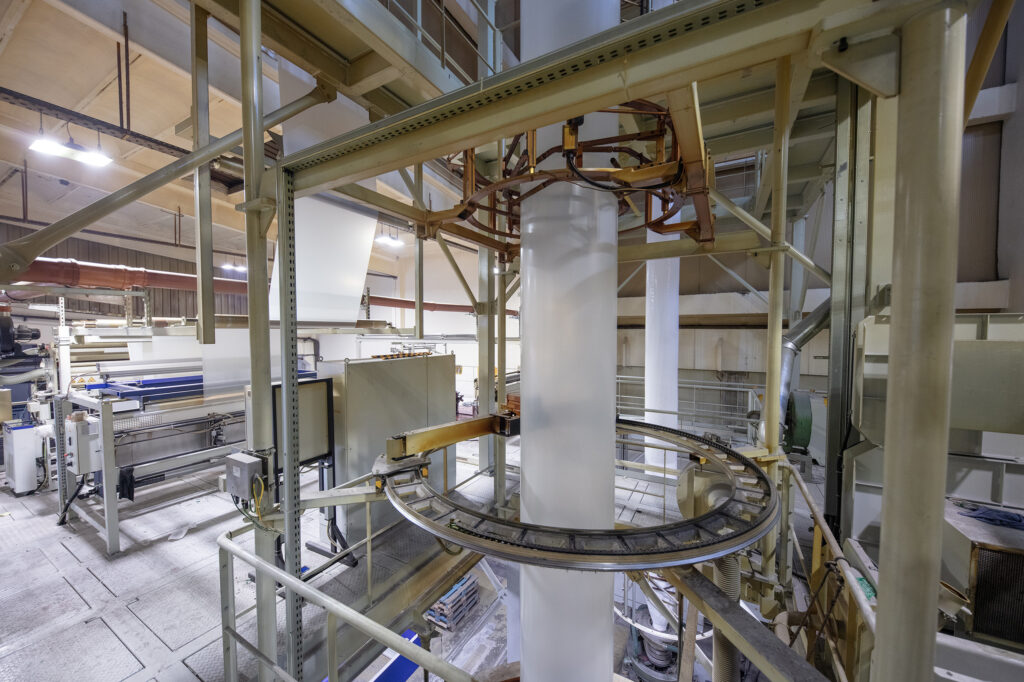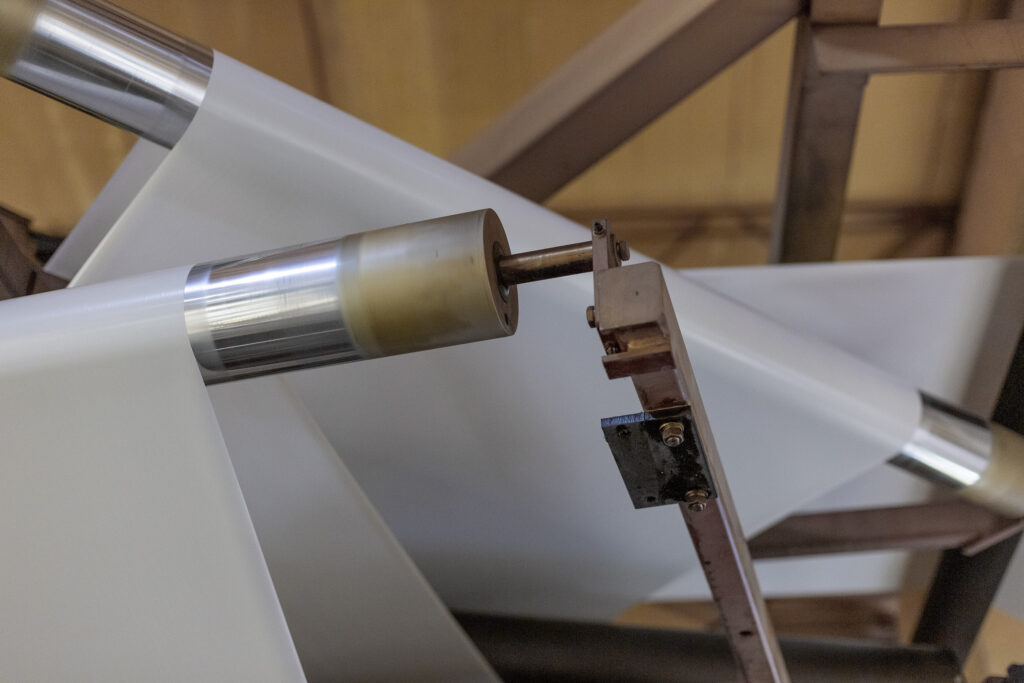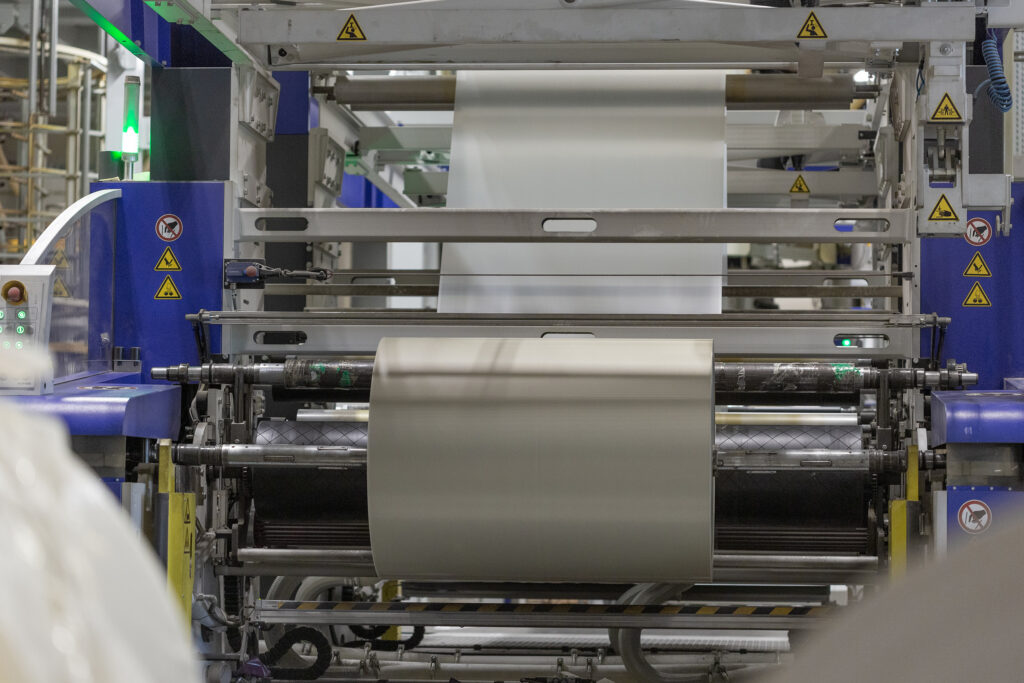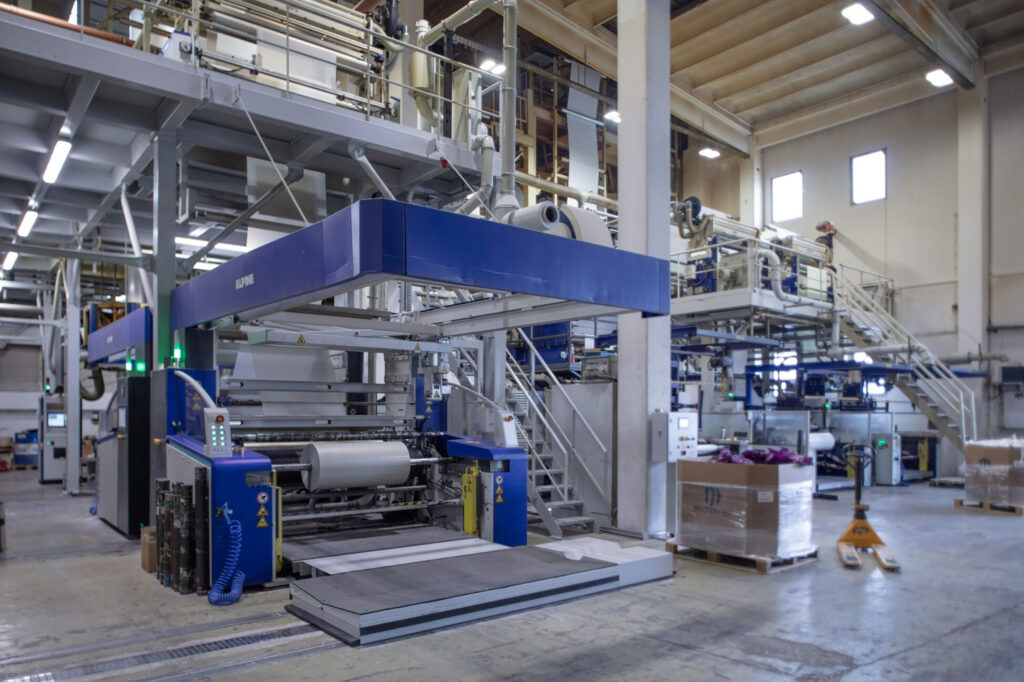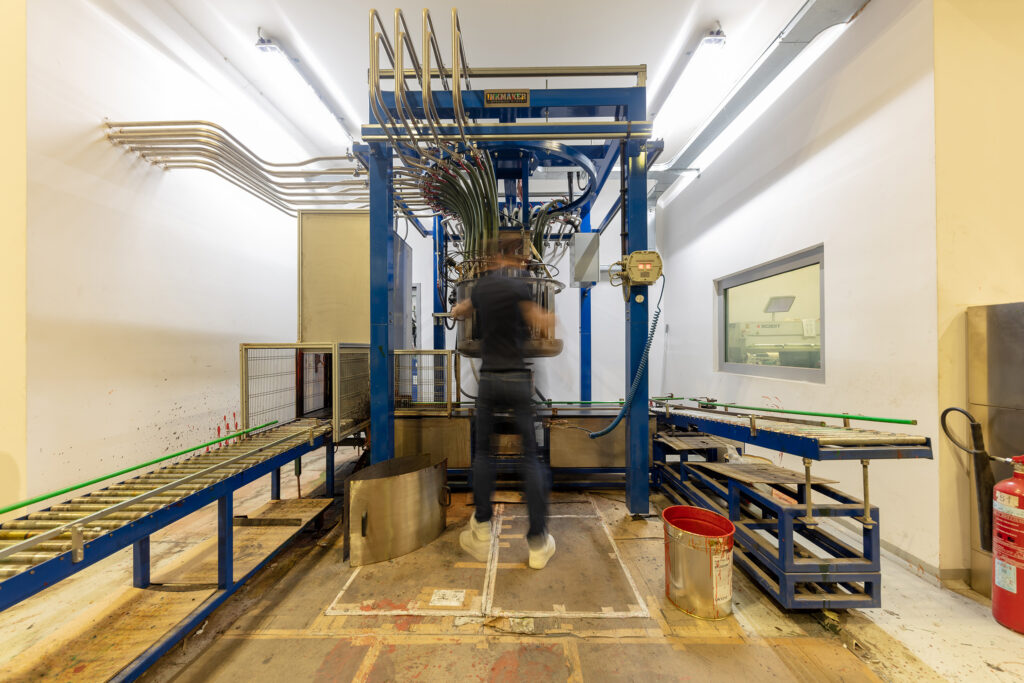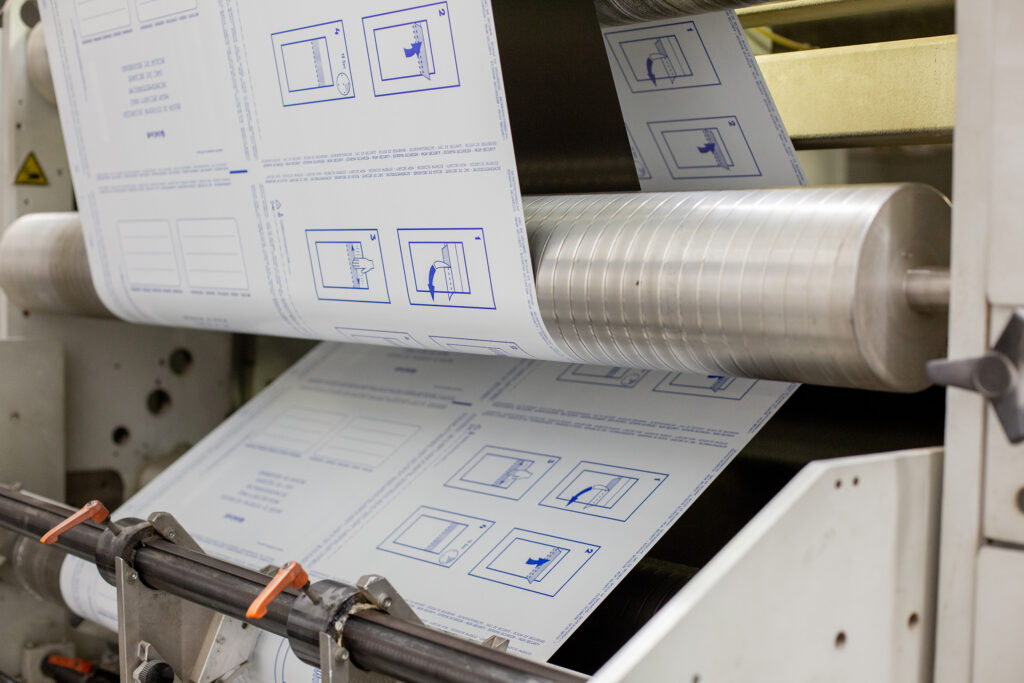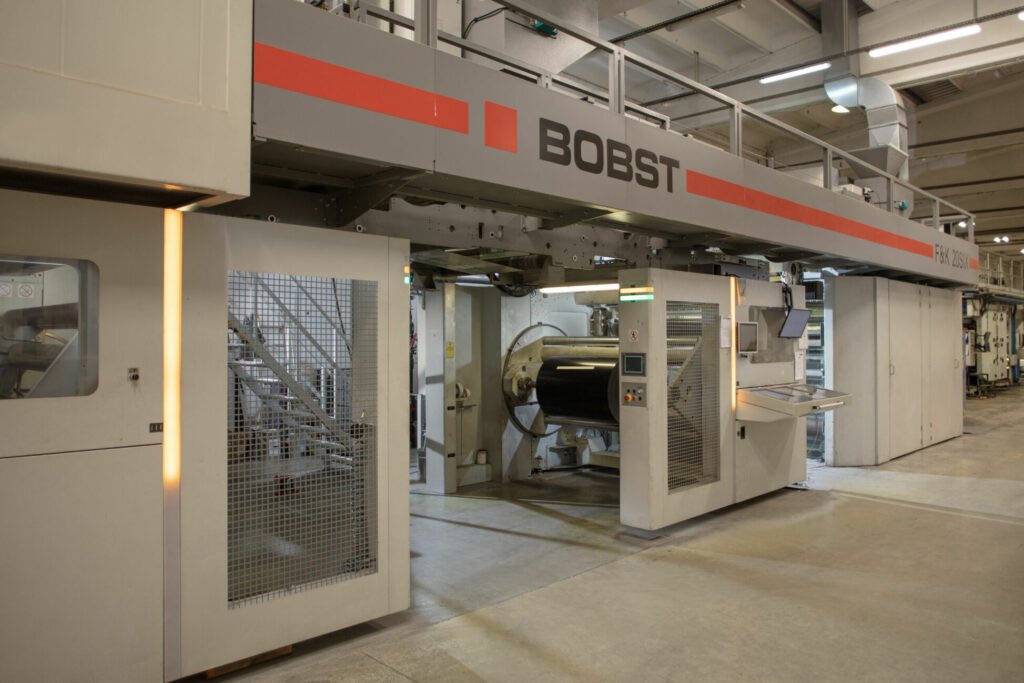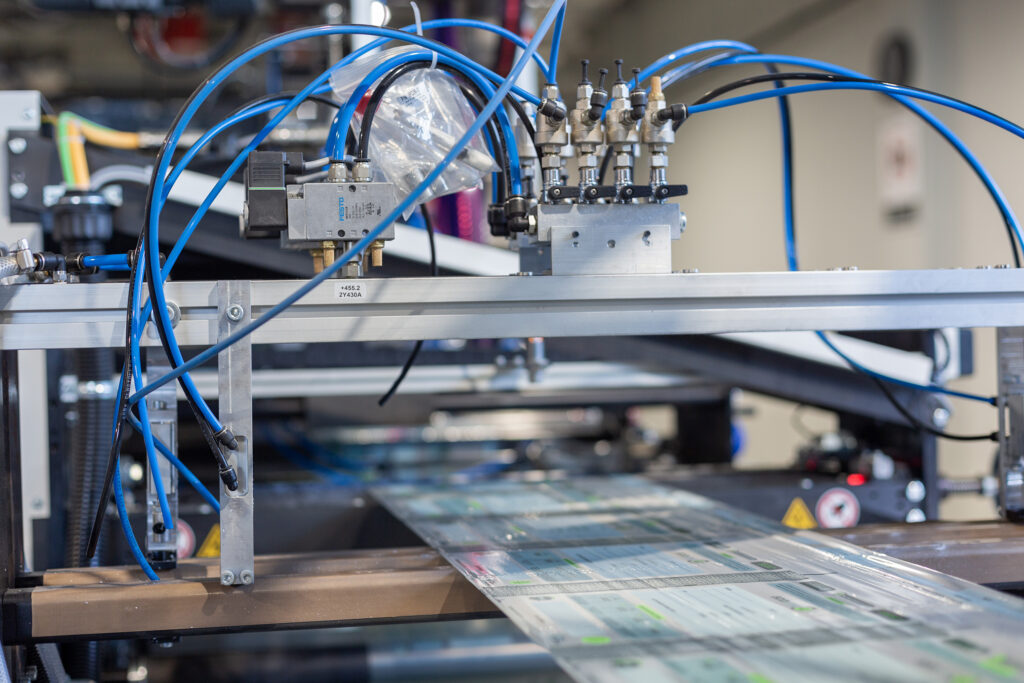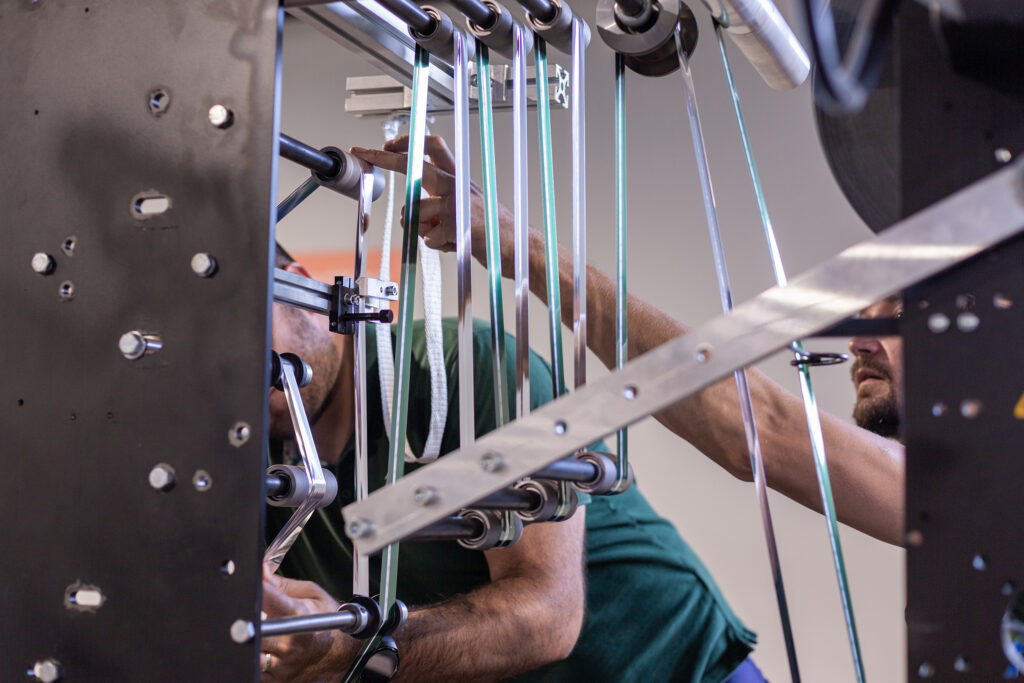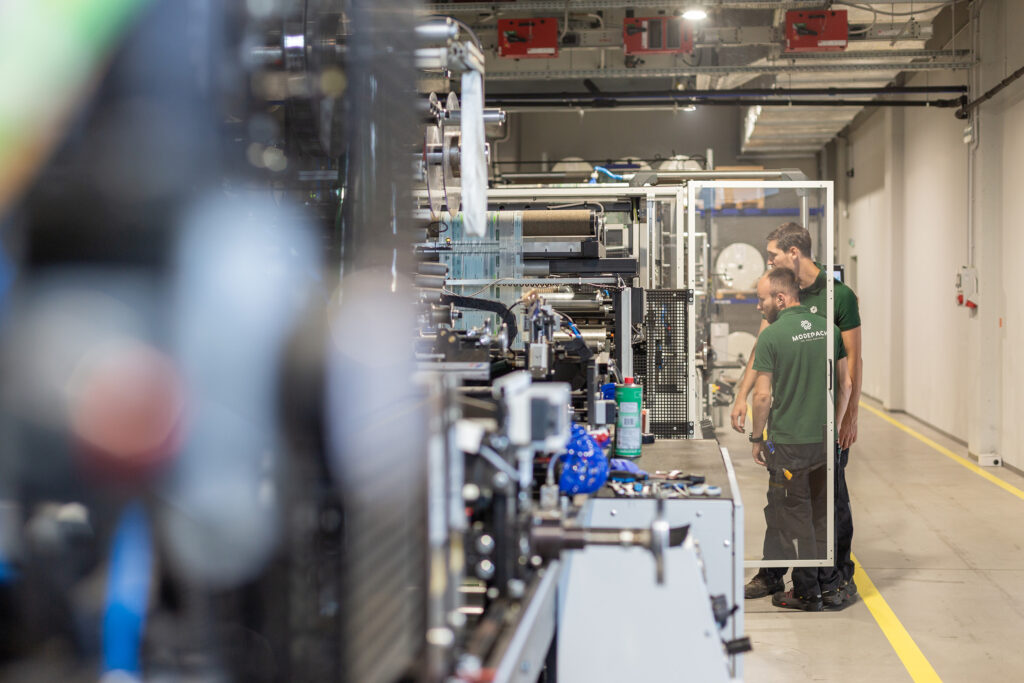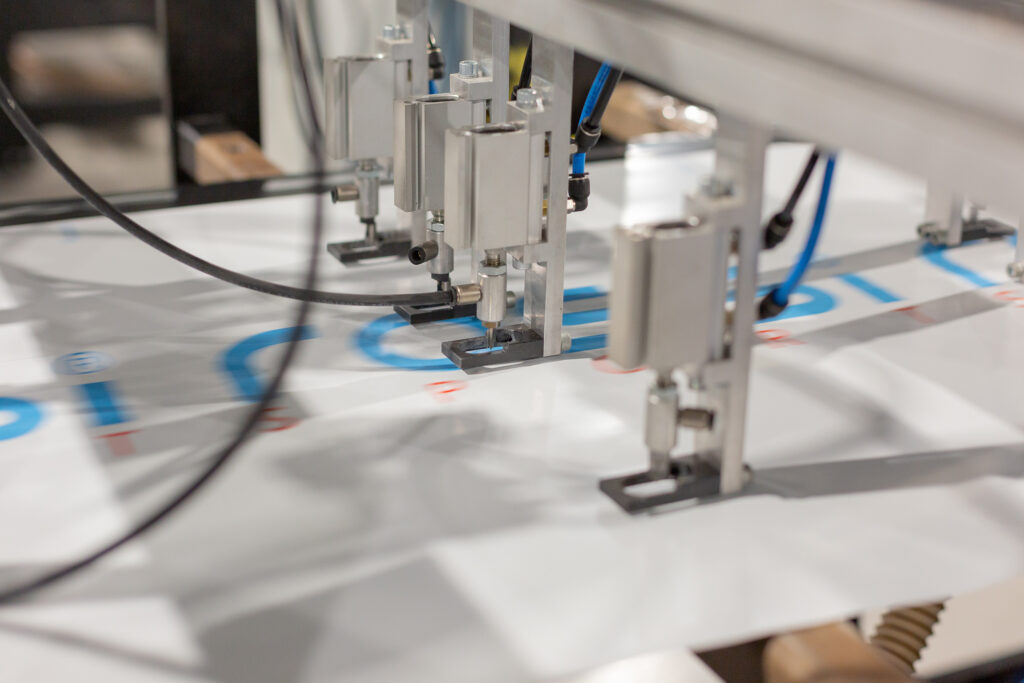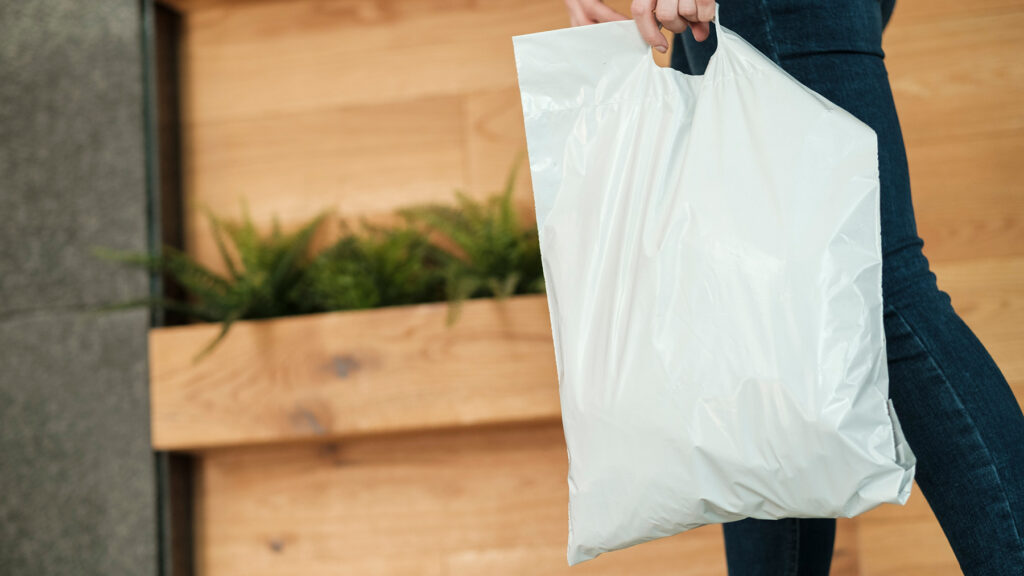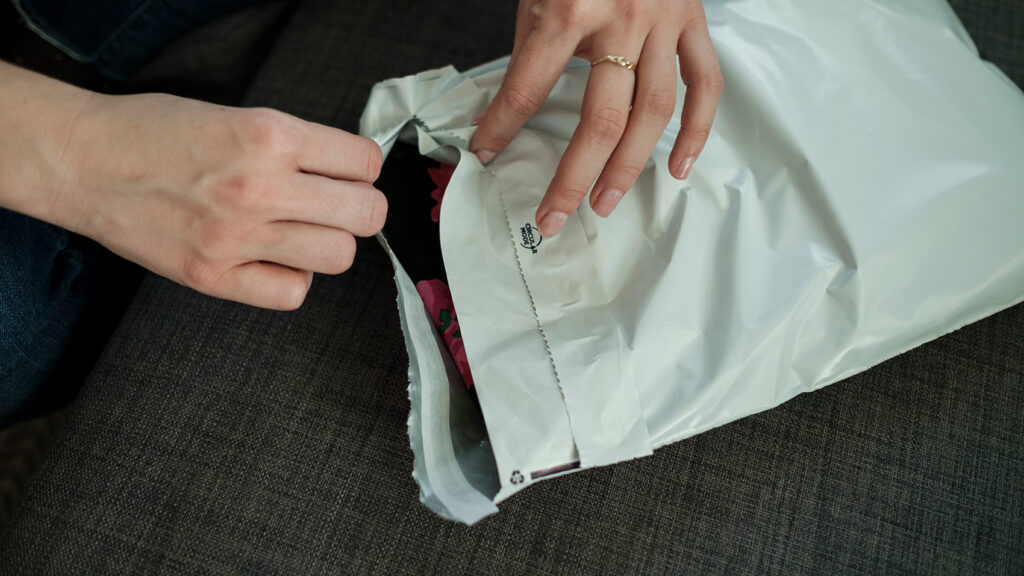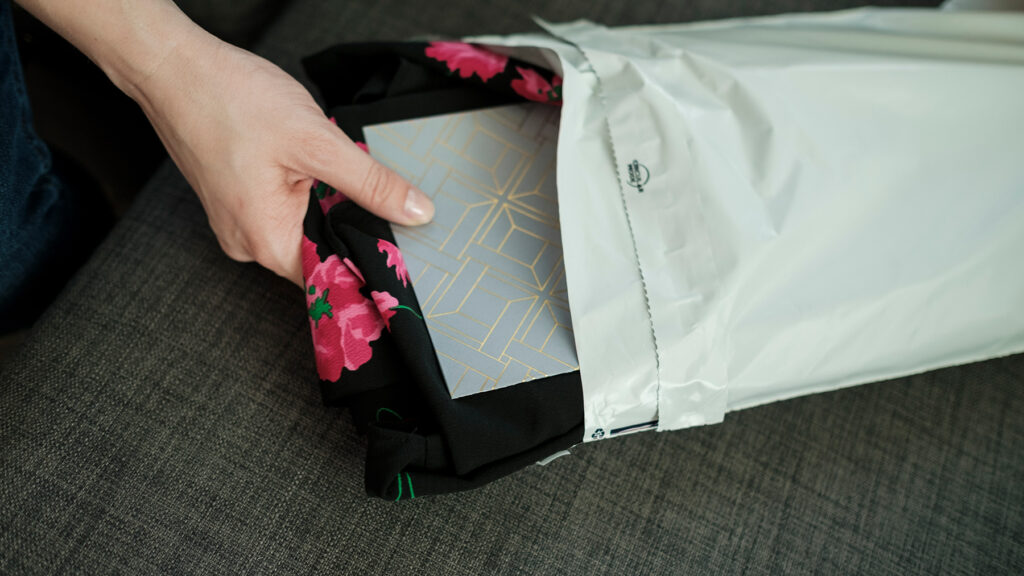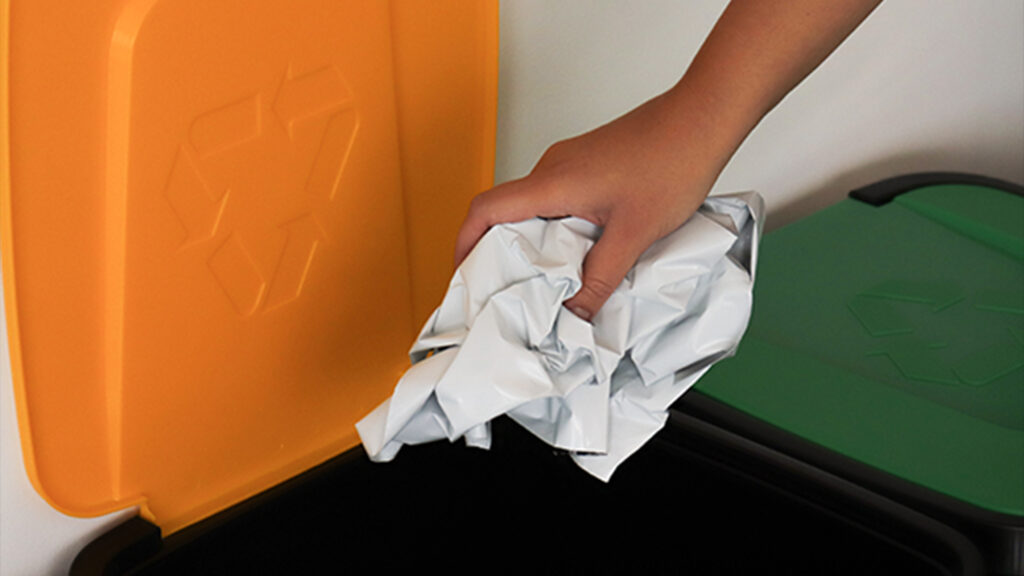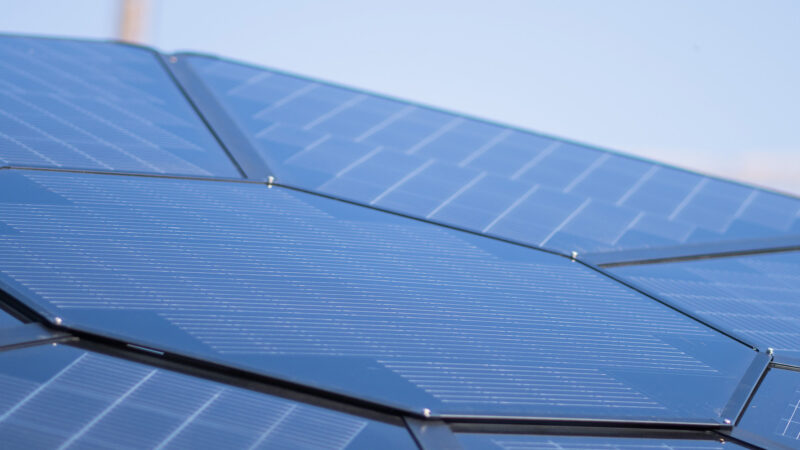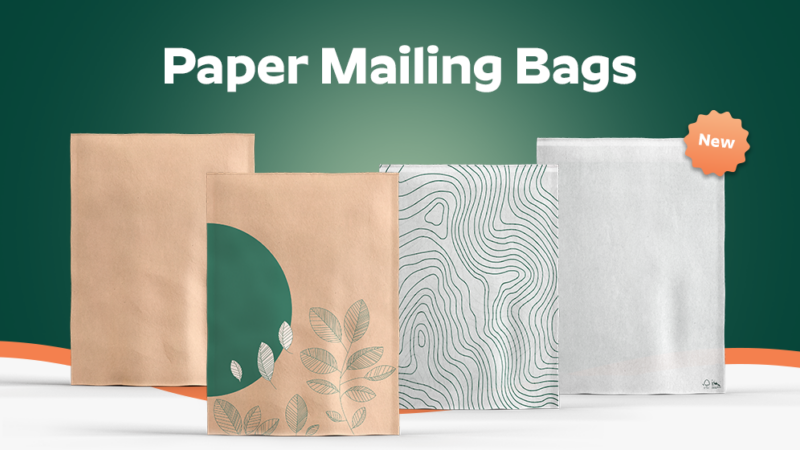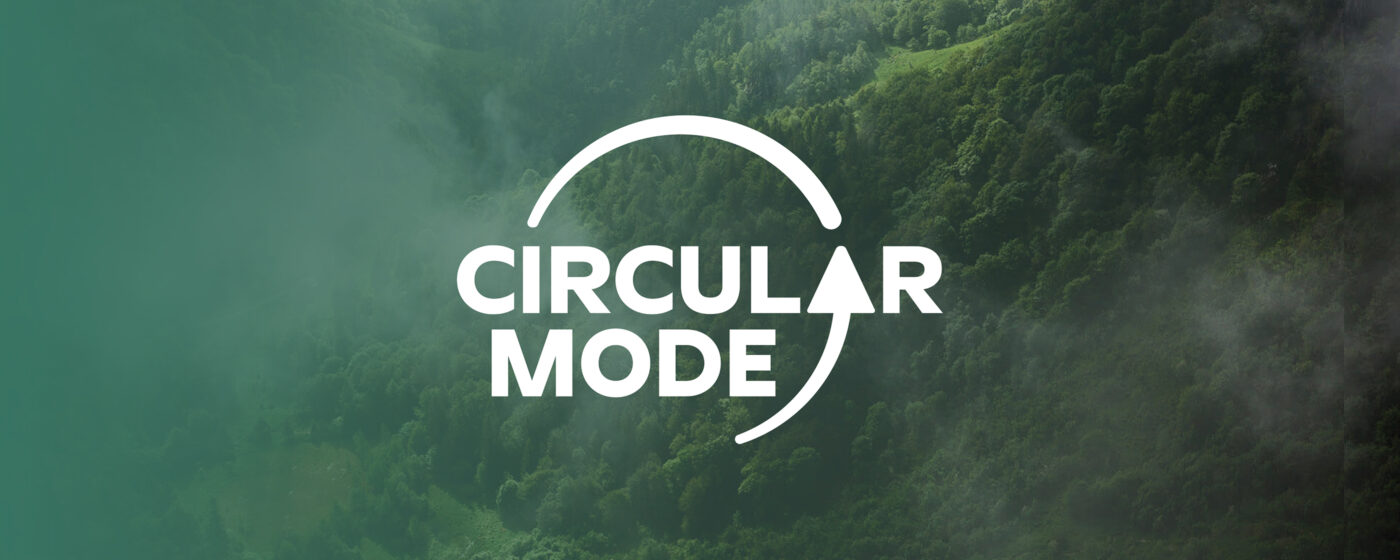
Circular Mode – How we closed the loop
We operate on four pillars: product, people, factory and planet. And as a manufacturer of packaging solutions, we are aware of the effects of single-use product production on the planet. It takes a lot of energy and materials, both in production and distribution to bring a product to life, only for it to be discarded as waste soon after. So, we decided to approach this challenge from a different angle. What if waste is not waste? What if we can give it a new life as raw material in our packaging solutions?
Inspired by nature, we developed a Circular Mode concept. In it, we follow our product each step of the way, from raw material to extrusion, printing and converting phase. At the end of its life cycle, instead of going to landfill, we recycle it and transform it into a new product. And the process repeats in a closed loop.
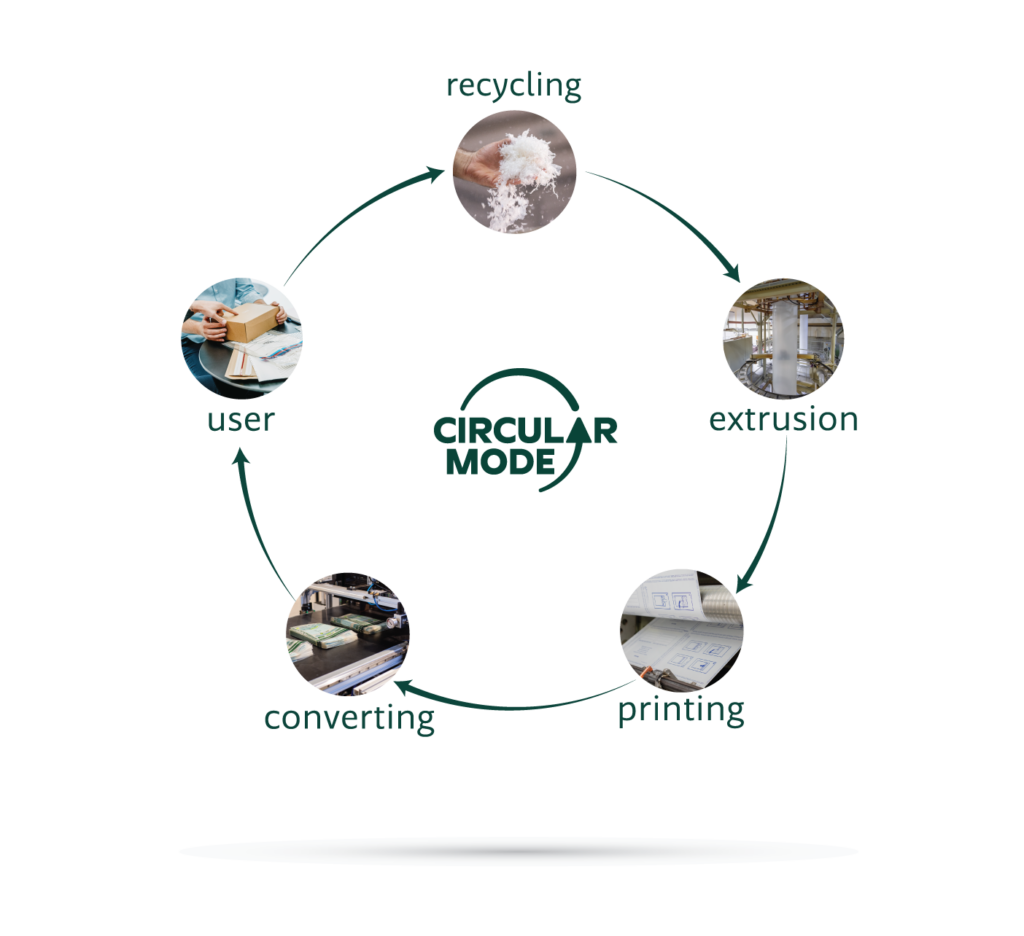
Steps toward Circular Mode
But how exactly did we achieve Circular Mode? First of all, we have committed to the path towards sustainability. And we did that on multiple levels. By reducing our carbon footprint, by producing renewable energy and recycling materials, in order to use them in recyclable products. Second, we invested in high-tech equipment to efficiently and precisely follow the product’s life cycle. Still trying to imagine? Let us show you:
1. Recycling
For us, recycling is the beginning and the end of the product life cycle. As more than 90% of our products are made out of recycled materials, we make sure to process equal amounts of waste to the quantity of goods we produce. So, in cooperation with Weltplast, we invested in cutting-edge recycling technology to achieve full post-consumer recycling capability. While washing, grinding and extruding the waste into the granules, our machinery consumes 75% less energy than currently most used solutions. That minimizes our carbon footprint and brings us further on a path to sustainability.
2. Extrusion
Those granules then need to be shaped through a process known as blown film extrusion. We melt granules in a heated barrel with a screw and then extrude it through a die. We stretch molten polymer into a thin film bubble by inflating it with air. That film is then cooled with high-speed air and pulled upward by nip rollers. At this point, it is cool enough to be flattened and wound into rolls or sent for printing. And just like that, recycled material is transformed into a new product.
3. Printing
And now comes the fun part. Our machinery can print most demanding impressions with flexographic printing of up to 8 colors. They are a modern version of letterpress and can be used for printing on all types of plastic and paper materials. We feed rolls into massive printers and layout custom packaging designs defined by customers. It is a fast and cost-effective process, allowing us to print even smaller quantities of various materials.
4. Converting
Now, it is time to convert printed roles into the final product. Our machinery is versatile, and it can fold and bind roles into products of different shapes and sizes. Sounds easy, but there is much more to it. We offer a wide range of solutions for Security Packaging, such as mechanical, thermal and chemical protection in tamper-evident security tapes. For eCommerce and Courier Packaging, there are returning tapes, pockets and handles. And all that is added in the converting stage. With this agility and production capacity of over 300,000,000 pieces yearly, we can meet the ever-evolving need for custom packaging.
5. User
There is a big chance you have been a final user of our products without you knowing it. We manufacture solutions for 32 markets worldwide, reaching over 300 million people with our products. Still, no matter the location or nationality, our interests should be the same – reducing our environmental impact while promoting a sustainability culture.
In conclusion, adopting Circular Mode concept in the packaging industry represents a pivotal step toward achieving sustainability and minimizing the environmental impact of packaging materials. Circular packaging approaches promote resource efficiency, reduce waste, and lower carbon emissions. Embracing circularity helps preserve finite resources and fosters innovation and collaboration within the industry. By choosing Circular Mode, we support and implement the changes needed to create a more sustainable and resilient future for our planet and the industry.

